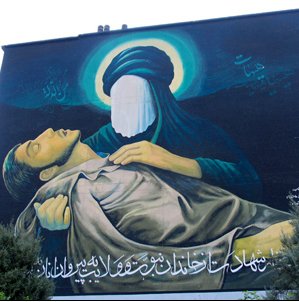
Martyrdom is the inheritance of the Prophet and his family to their followers (translated title). Three-storey high mural located on Mudarris Freeway, Abbas-Abad, Tehran, Iran, Fotini Christia, photographer.
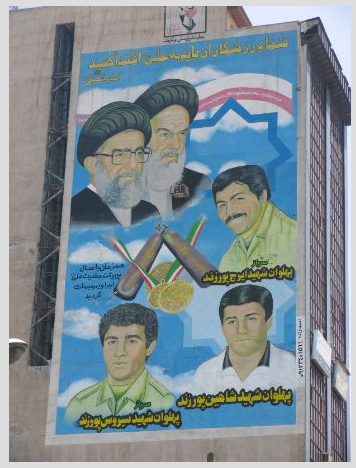
“You athletes should follow Ali (peace be upon him)”, Fotini Christia, photographer,
An 1873 Geography Lesson #3
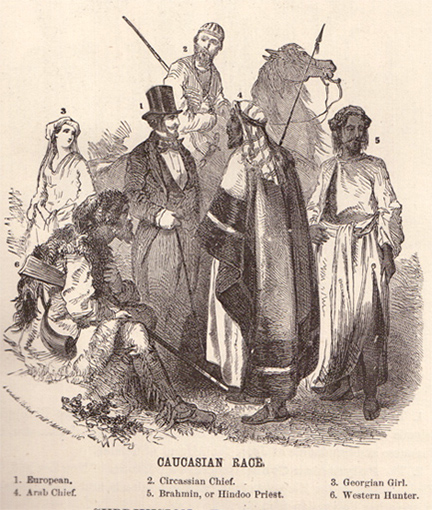
My grandmother’s aunt, Ms. Ida Hoyt, owned an 1873 geography textbook entitled An Elementary Treatise on Physical Geography by D. M. Warren (published by Cowperthwait & Co of Philadelphia). For Part 1, click here and for Part 2, click here. A vital part of geography at the time was the issue of “race,” which was as misunderstood after the American Civil War as before it. “Arabs” were admitted into the Caucasian Race, on a par with the “Western Hunter.” The five major racial categories are shown below.
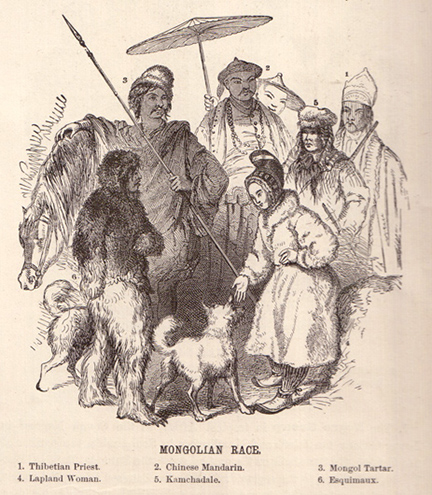
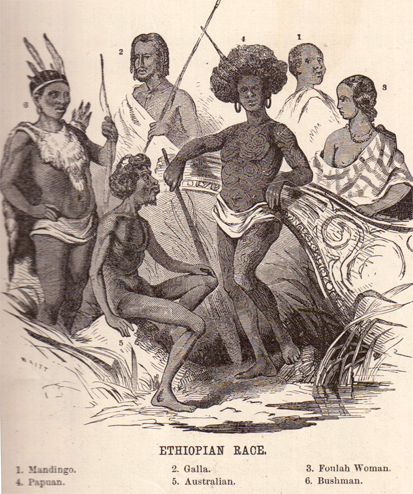
Yemeni Artists

Yemeni artist Ziad Nasser al-Ansi, who won fourth place at the Dubai Cultural Innovation Awards, blends Yemeni architecture with local decoration and patterns. Above, al-Ansi’s painting that won the President’s Award in 2006.
Yemenis take home top awards at Dubai cultural competition
by Faisal Darem, Al-Shorfa, September 6, 2013
Yemeni Bassam Shamseddine was taken by surprise when his wife told him she had submitted his novel, “Laanat al-Waqif” (The Curse of the Stander), to the 2013 Dubai Cultural Innovation Awards without his knowledge.
A bigger surprise awaited him when his book placed fifth in the novel category, he told Al-Shorfa.
Shamseddine is one of three Yemenis who placed at the eighth edition of the awards.
Khaled Abdul Haleem al-Absi placed second in the short story category for his collection, “Wa Alam Adhaat Sihruha” (And the Pains Have Lost Their Magic), while Ziad Nasser al-Ansi placed fourth in the fine arts category.
The winners’ names were published in the September issue of the Dubai Cultural Magazine.
Awards were distributed across eight categories, including UAE cultural personality of the year, poetry, short story, novel, fine arts, dialogue with the West, theatre writing and documentary film.
“This is the first time I have taken part in a literary competition, and the award is a significant moral support for me to continue writing novels and stories,” Shamseddine said. Continue reading Yemeni Artists
An 1873 Geography Lesson #2
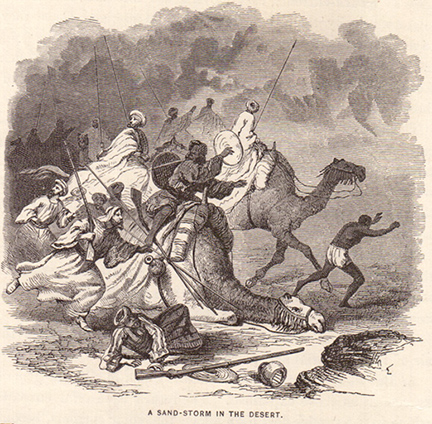
My grandmother’s aunt, Ms. Ida Hoyt, owned an 1873 geography textbook entitled An Elementary Treatise on Physical Geography by D. M. Warren (published by Cowperthwait & Co of Philadelphia). The book itself, which I recently leafed through, is falling apart, but it is worth taking a brief look at some of the lithographic images. For Part 1, click here. Here is the section on the winds.
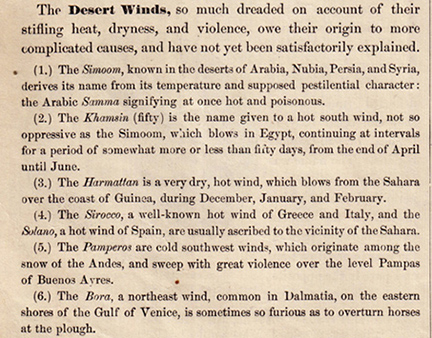
to be continued
An 1873 Geography Lesson #1
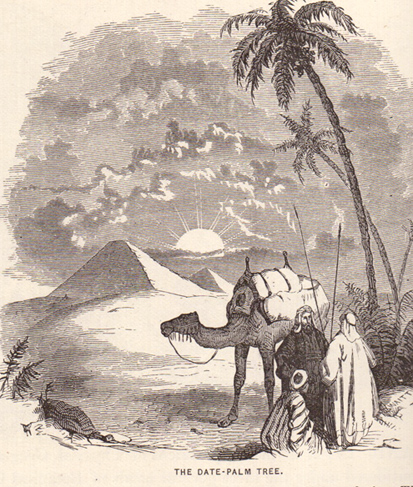
My grandmother’s aunt, Ms. Ida Hoyt, owned an 1873 geography textbook entitled An Elementary Treatise on Physical Geography by D. M. Warren (published by Cowperthwait & Co of Philadelphia). The book itself, which I recently leafed through, is falling apart, but it is worth taking a brief look at some of the lithographic images. The text itself shows how far we have come since 1873, especially for the dated views of “race” and the ethnocentric views of the time. I will start with several of the images, as shown here.
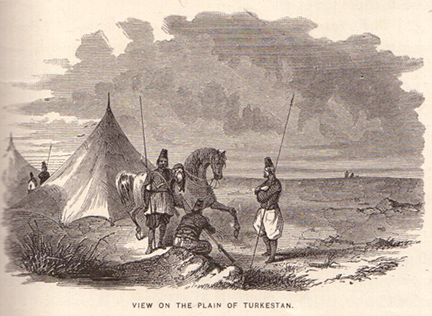
War is still hell

The Garden of Earthly Delights by Hieronymus Bosch, ca 1500
War is hell and it was long before General Sherman figured that out. It helps to remember exactly what “hell” means. In 1741 the Protestant firebrand Jonathan Edwards gave a rather clear picture:
The God that holds you over the pit of hell, much as one holds a spider, or some loathsome insect over the fire, abhors you, and is dreadfully provoked: his wrath towards you burns like fire; he looks upon you as worthy of nothing else, but to be cast into the fire; he is of purer eyes than to bear to have you in his sight; you are ten thousand times more abominable in his eyes, than the most hateful venomous serpent is in ours. You have offended him infinitely more than ever a stubborn rebel did his prince…
Over five centuries ago, the painter Hieronymus Bosch gave an artistic rendering, as noted above. Had he known about poison gas, I suspect we would have seen a few canisters in his registers. In the hell that is war, a Dantean perspective would place the various poison gasses near the bottom level. It now seems that the United States is certain that Syria’s Assad has used poison gas, crossing the rhetorical line drawn by President Obama awhile ago. Foreign Policy is reporting new old evidence that our government is not so much concerned about the use of such poison gas as it is in who are the intended victims. We apparently knew in advance that Saddam would use such gas when we gave him logistical support to fight off the Iranians, whose country he had ruthlessly invaded. And, of course, we did nothing when he gassed the Kurds in Halabja.
The truth is that war has always been hell, since the first historical descriptions. In reality it is never the kind of supposedly heroic “give ‘m hell” bravado of John Wayne or Rambo. Gore trumps the vanity of glory. The problem is that hell is eternally present and not in some far-off ethereal realm. A further problem is that hell has no suitable escape hatch. Thus thousands have died in Syria and many more will be killed on all sides, no matter what the United States does next. The same goes for Iraq, Afghanistan, Pakistan, Palestine and now, it seems, Egypt. Even those who think that by killing someone else because they are … (fill in the sectarian blank) they will go to an imagined heaven only deserve to end up in the hell they create for their victims.
Those of us far away from the fighting, only within Youtube range, may forget how close to hell we really are. The stench of dead bodies and the devastating odorless poison that snuffs out lives lightning quick are not part of the air we currently breathe, but we should not forget that hell is not a place but an attitude, an attitude that kills. It is also an attitude for which there is no real immunity in avoiding its reality. If only we could say “to hell with war,” but then that would be a tautology.
The Battle for Baghdad
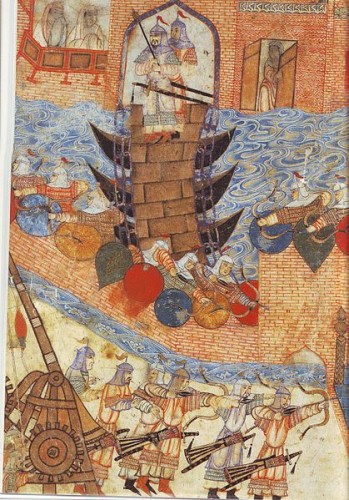
How to Invade Iraq: The Mongol Way
By Peter Konieczny
[Paper given at the 42nd International Congress on Medieval Studies, held at Western Michigan University (2007) and online here.]
When I began researching the Mongol conquest of Baghdad, I came across an account by an Iraqi writer from the early fourteenth-century. With much excitement I found the relevant passage, and began to read it. He summed up the siege and fall of Baghdad with these words: “Even a brief mention of it would be terrible to hear – how much worse its recapitulation in detail! Things happened which I shall not record, imagine them and do not ask for a description!â€
Despite this unpromising beginning, I soon found a wealth of information from contemporary writers and chroniclers, including those who were on the saw the event firsthand. For the last couple of years I have been piecing this story together, not only because the story of the first conquest of Baghdad is an interesting one in its own right, but also because it adds some insights into the present-day situation in Iraq.
Despite it being such an important historical event, the story of Baghdad’s fall has been poorly served by historians. Most Muslim historians deal more with alleged collaboration by Shi’ites with the Mongols against the Sunni Abbasid Caliphate than with anything else, while Western historians have usually focused on the most outrageous stories associated with the invasion, often repeating wild claims that millions of people were killed and that Baghdad was completely destroyed by the Mongols.
The short amount of time here prevents me from saying everything I want to say, so in some sections I am going to be very brief. Hopefully, most of you have got my handout which outlines the events and gives some chronicle excerpts. I also have a couple of overheads to show some maps of Iraq, in case someone is not familiar with the country. Continue reading The Battle for Baghdad
Muslim Journeys
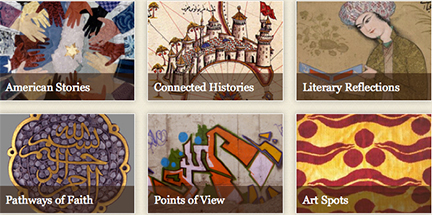
The National Endowment for the Humanities has a fantastic website on Islam with a variety of resources, especially valuable for teaching about Islam, but also just for browsing. The outreach part of the project is “The Muslim Journeys Bookshelf,” a collection of 25 books and 3 films, noted as “a collection of resources carefully curated to present to the American public new and diverse perspectives on the people, places, histories, beliefs, practices, and cultures of Muslims in the United States and around the world.” American libraries can apply for receipt of this collection. Available on the site are images, samples from texts, audio recordings and short film clips, web links and a bibliography.This website is worth spending a few hours on and coming back to; it is precisely what a virtual museum should be.
Here is a sample text excerpt to whet your appetite. This is from al-Jahiz, who died in 869 CE, on “The Disadvantages of Parchmentâ€
Continue reading Muslim Journeys